Conservatism rules in the predominantly Roman Catholic southern Germany. Home to BMW (and Mini and Rolls-Royce), any straying from established parameters is met with eyebrows-raised, lip-curling quizzicality. While BMW models have seldom veered from a well-defined two-box/three-box formula, when the i3 and i8 (supercar) models were launched, a gentle uproar occurred.
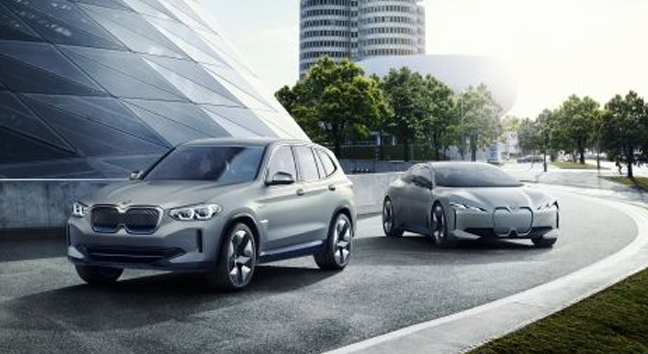
To be fair, something venturing away from the norm might be considered an essential marketing move, after all, while broader Teutonic traditionalism is slightly sledgehammer in its approach, to be purposefully ‘different’ does have a further reach. So far, BMW has found that its more outrageous models (i3 and i8) have opened doors that were once shut to it.
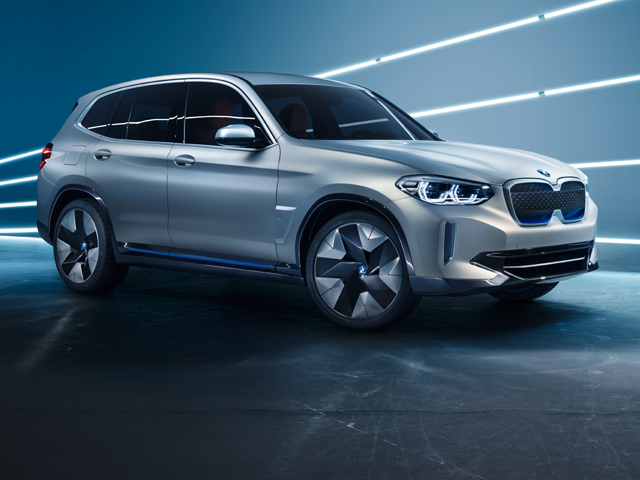
Superficially, the i3 is a strangely attractive compact hatchback that mirrors the city-chic of some Japanese ‘kei-class’ cars. It is tall, sits on skinny alloys and tyres and looks unlikely to attain its true performance potential. Yet, it is actually ALL BMW and is judiciously different to many of its purported rivals in the EV/hybrid segment of the new car scene. It is equally avant-garde inside the car, with its tiny rear-hinged rear-passenger doors, capable of opening only after the front doors are unlatched, and a dashboard layout that is almost defiantly not Series-related to other BMWs.
It is worth remembering that the hybrid element, which is a 38bhp, two-cylinder range extender, petrol engine, complete with tiny fuel tank, which only clicks-into operation once the battery range is depleted, is an extra-cost option. The i3 is mostly, intentionally and primarily an EV. Recently, the i3 line-up has been extended itself, with the introduction of a punchier EV pack that announces the i3S version. Anyone aware of BMW could have presaged the appearance of a sportier model at some point. Yet, BMW is a company that has greater eco-credentials than almost any other German, or European, carmaker. Its engineering team has been working on fuel-stretching, environmental protection exercises since the late-1960s, many aspects of which have either been launched as box-fresh models, or incorporated within existing model ranges over the decades.
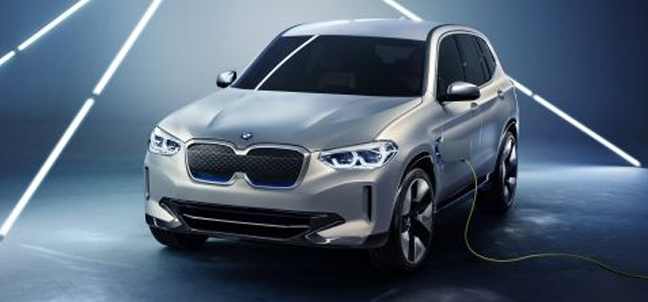
However, i3 was a comprehensive diversion. Recovering from an initial acquaintance, there is nothing on the move that makes you believe that any other carmaker, other than BMW, could have been involved in its creation. The lightweight doors open and close with well-engineered precision, its seats are firm, comfortable and accommodating, and the steering, brakes, transmission and suspension have that crisp smack of confidence that is familiar to every model in BMW’s range.
Perhaps the most amazing aspect is the amount of grip that the skinny tyres manage to generate. They are designed to run freer and present less rolling resistance, mostly to help extend the life of the battery, and the near-SUV ride height is needed to provide space within the lower platform for the EV technology, which also results in an unobstructed and near-flat cabin floor, while also affording the car a lower centre of gravity. It is this latter element that provides first-rate stability, near roll-free cornering agility and unerring grip.

Mind you, the serious improvement in power and torque in the i3S model over the standard i3 demands a more sophisticated traction control, to avoid potential waywardness, should hooligan attempts to tap into its performance envelope become overwhelming. While the base models develop a respectable 167bhp, the i3S produces 181bhp and 16lbs ft more than the stock version’s 184lbs ft of torque. It is enough to slash 0.4s off the base version’s 7.0s 0-60mph dash, while adding 6mph to its 93mph restricted top whack, all with a zero-rated CO2 level (the range extender adds 0.7s to the 0-60mph times and has a 13-15g/km model-dependent CO2 rating).
Should you opt for the range extender engine, which requires an extra investment of £3,150 over the base i3’s £34,070, or £3,177 on the i3S’s £36,975, before any Motor Source Group discounts are applied, it is worth noting that the petrol engine never actually drives the car. Instead, it powers a generator that maintains a constant level of charge in the high-voltage battery pack and provides the electric power to the driven wheels. The nominal range of the i3 and i3S is around 112 miles; the extender takes the range to around 205 miles and proves its worth by removing range anxiety issues.
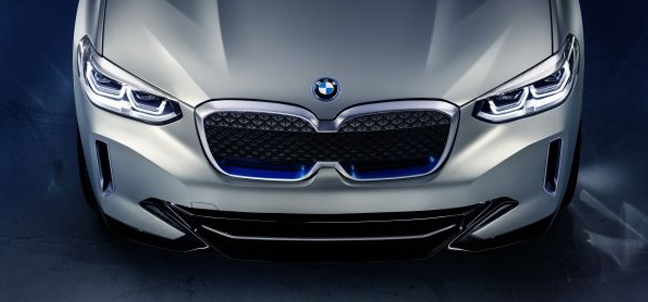
Improvements and enhancements have been made to the entire i3 range, starting with paint finishes and trim detailing, although the i3S also gains from a sportier treatment to its bumpers and all-new LED headlighting. The front ‘grille’, with its signature ‘Double-Kidneys’, benefits from a more prominent surround, while the greater use of gloss black differentiates i3S from i3.
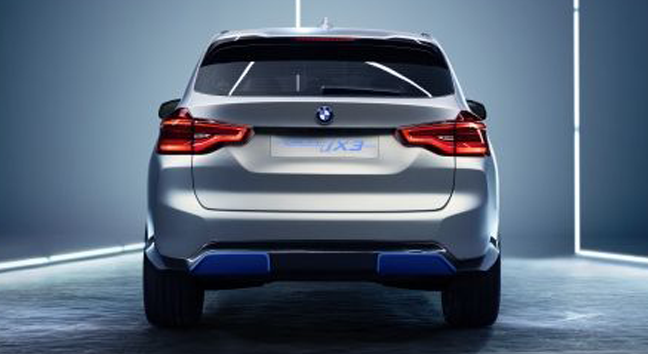
On the equipment front, the recent raft of lane-keeping, distance cruise, autonomous braking and crash mitigation systems are now standard, while the optional Driving Assistant Plus feature factors in even more technology. The i-Drive infotainment, connectivity and navigation functions have been improved, with higher definition graphics and a larger touch-screen, while the voice activation element has been vastly upgraded, in the process enabling better links to ‘apps’. An expanded version even allows parking spaces to be located, alongside, for the first time in the i3, BMW’s Real-Time traffic information system. Finding charging points is made easier by highlighting them on the smart maps. On the subject of recharging the batteries, the 11kW BMW i Wallbox allows a maximum charge to be carried out in three hours domestically, around five times quicker than before.
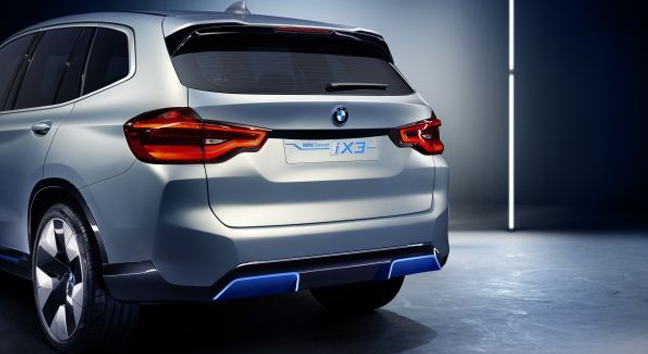
When driving and enjoying the i3/i3S, the impression of being in a car designed for purpose is all-encompassing. BMW has been very careful to ensure that its model line passes all tactility and environmental tests to aid that impression. The i3/i3S is a very special model line-up and owners seldom question its integrity.